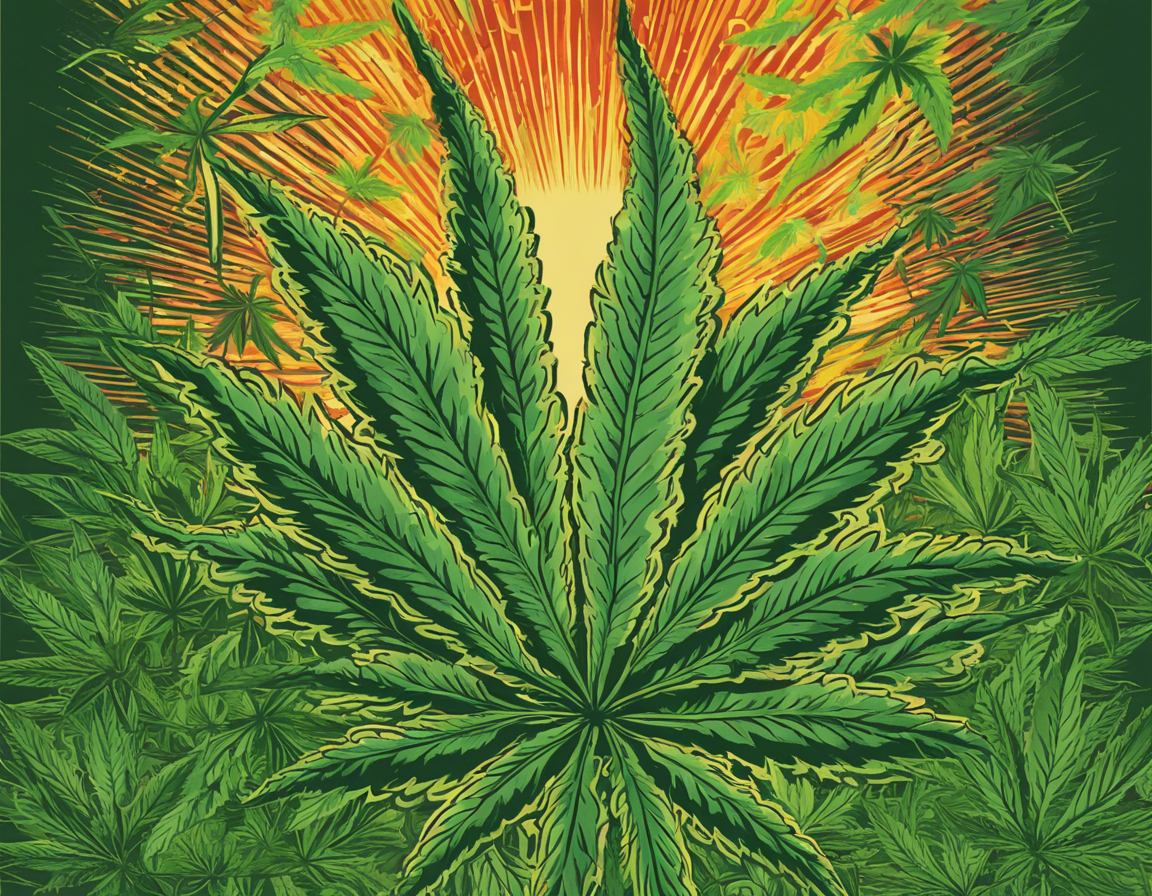As the legal landscape surrounding cannabis continues to evolve rapidly, the once-stigmatized plant is gaining mainstream acceptance and recognition for its vast array of potential benefits. From medicinal to recreational use, cannabis has undergone a significant transformation in recent years, both in terms of legislation and public perception. This article will delve into the history of cannabis, its components, legality, benefits, consumption methods, and future outlook.
History of Cannabis
Cannabis has been used for thousands of years for various purposes, including its medicinal properties, textile production, and recreational use. Its origins can be traced back to ancient civilizations in Asia, where it was cultivated for its fibers and medicinal properties. Cannabis eventually spread to other parts of the world, with different cultures developing unique uses for the plant. In the 20th century, cannabis became increasingly prohibited due to concerns about its psychoactive effects and potential for abuse.
Components of Cannabis
One of the key components of cannabis is cannabinoids, which are chemical compounds that interact with the body’s endocannabinoid system. The two primary cannabinoids found in cannabis are tetrahydrocannabinol (THC) and cannabidiol (CBD). THC is known for its psychoactive effects, while CBD is non-psychoactive and is associated with various health benefits. Cannabis also contains other cannabinoids, as well as terpenes and flavonoids, which contribute to its aroma and flavor.
Legality of Cannabis
The legality of cannabis varies widely around the world. In some countries, cannabis is fully legalized for both medicinal and recreational use, while in others, it remains completely prohibited. Many countries have implemented medical cannabis programs that allow patients to access cannabis for medical purposes with a prescription. In recent years, there has been a growing trend towards legalization for recreational use as well.
Benefits of Cannabis
Cannabis has a wide range of potential benefits for both medical and recreational users. In terms of medical use, cannabis has been shown to be effective in relieving pain, nausea, anxiety, and inflammation. It is also used to treat conditions such as epilepsy, multiple sclerosis, and cancer. For recreational users, cannabis can provide a sense of relaxation, euphoria, and creativity.
Consumption Methods
There are several ways to consume cannabis, each with its own benefits and effects. Smoking is one of the most common methods of consumption, with users either rolling joints, blunts, or using a pipe or bong. Vaping has also gained popularity as a healthier alternative to smoking. Edibles, such as gummies and brownies, provide a long-lasting and discreet way to consume cannabis. Other methods of consumption include topicals and tinctures.
Future Outlook
The future of cannabis looks promising, with increasing recognition of its therapeutic properties and economic potential. As more research is conducted on cannabis and its components, we can expect to discover new uses and applications for the plant. The industry is also rapidly growing, creating jobs and opportunities in cultivation, manufacturing, and retail. Cannabis is poised to become a mainstream product that touches many aspects of society.
FAQs about Cannabis
1. Is cannabis legal?
– The legality of cannabis varies depending on the country or state. Some places have fully legalized cannabis for both medical and recreational use, while others still prohibit it.
2. What are the medical benefits of cannabis?
– Cannabis has been shown to have various health benefits, including pain relief, anti-inflammatory properties, and reduction of nausea.
3. How does cannabis affect the body?
– Cannabis affects the body by interacting with the endocannabinoid system, which plays a role in regulating various physiological processes.
4. What is the difference between THC and CBD?
– THC is psychoactive, meaning it produces a high, while CBD is non-psychoactive and is associated with health benefits.
5. Are there different strains of cannabis?
– Yes, there are numerous strains of cannabis, each with its own unique combination of cannabinoid and terpene profiles that produce varying effects.
6. What are the risks of consuming cannabis?
– While cannabis has health benefits, there are potential risks associated with excessive use, such as impaired cognitive function and dependency.
7. Can cannabis be addictive?
– Cannabis can be habit-forming for some individuals, but physical addiction is less likely compared to substances like nicotine or alcohol.
8. How can cannabis be consumed?
– Cannabis can be consumed through smoking, vaping, edibles, topicals, tinctures, and other methods that suit individual preferences and needs.
9. Is cannabis safe for long-term use?
– Research on the long-term effects of cannabis is ongoing, but moderate consumption is generally considered safe for most adults.
10. Can cannabis interact with medications?
– Cannabis can interact with certain medications, so it’s important to consult with a healthcare provider before consuming cannabis if you are taking prescription drugs.
In conclusion, cannabis is experiencing a renaissance as society reconsiders its potential benefits and embraces its diverse applications. Whether for medicinal or recreational use, cannabis is likely to continue to shape public health policies, economic ventures, and cultural norms in the years to come.
